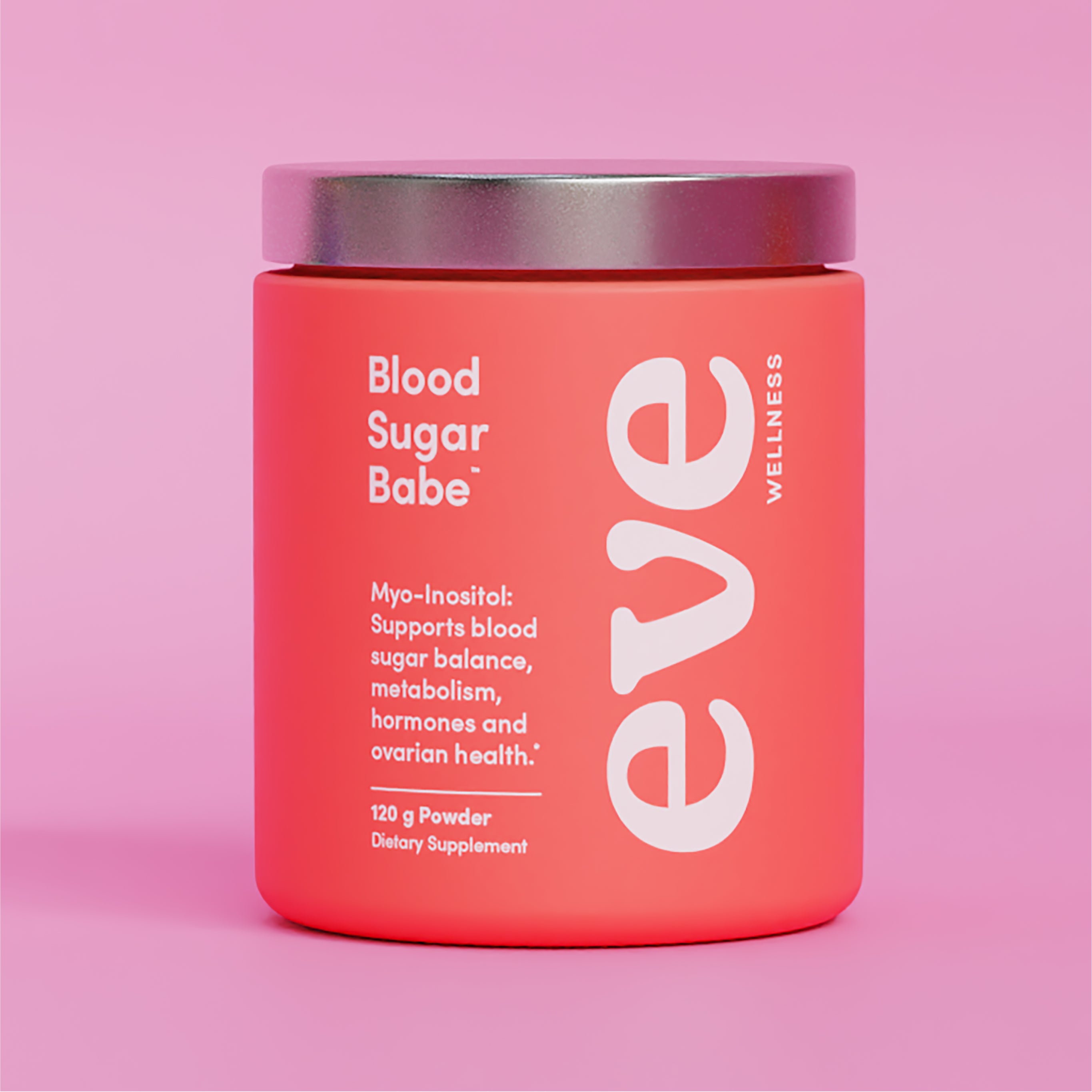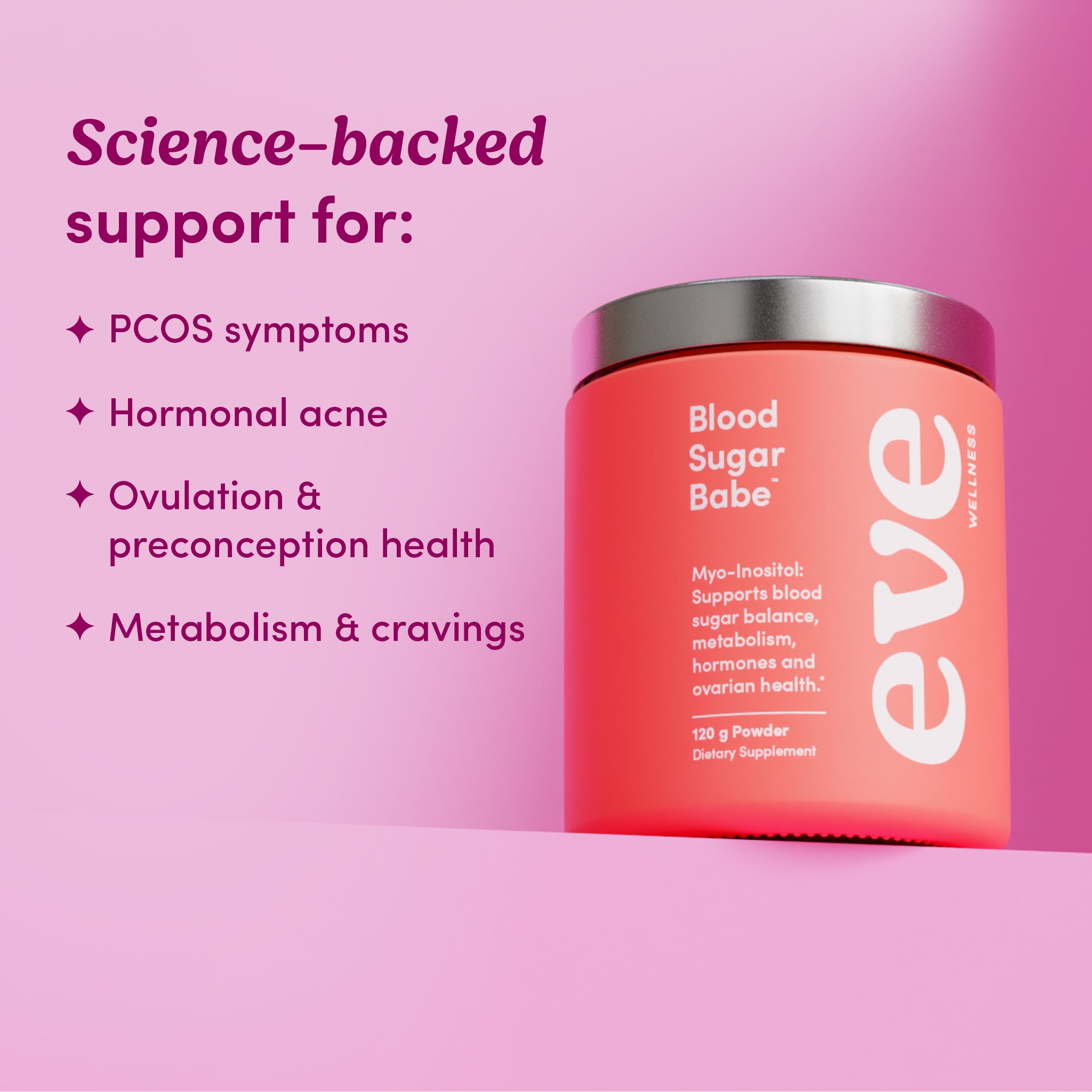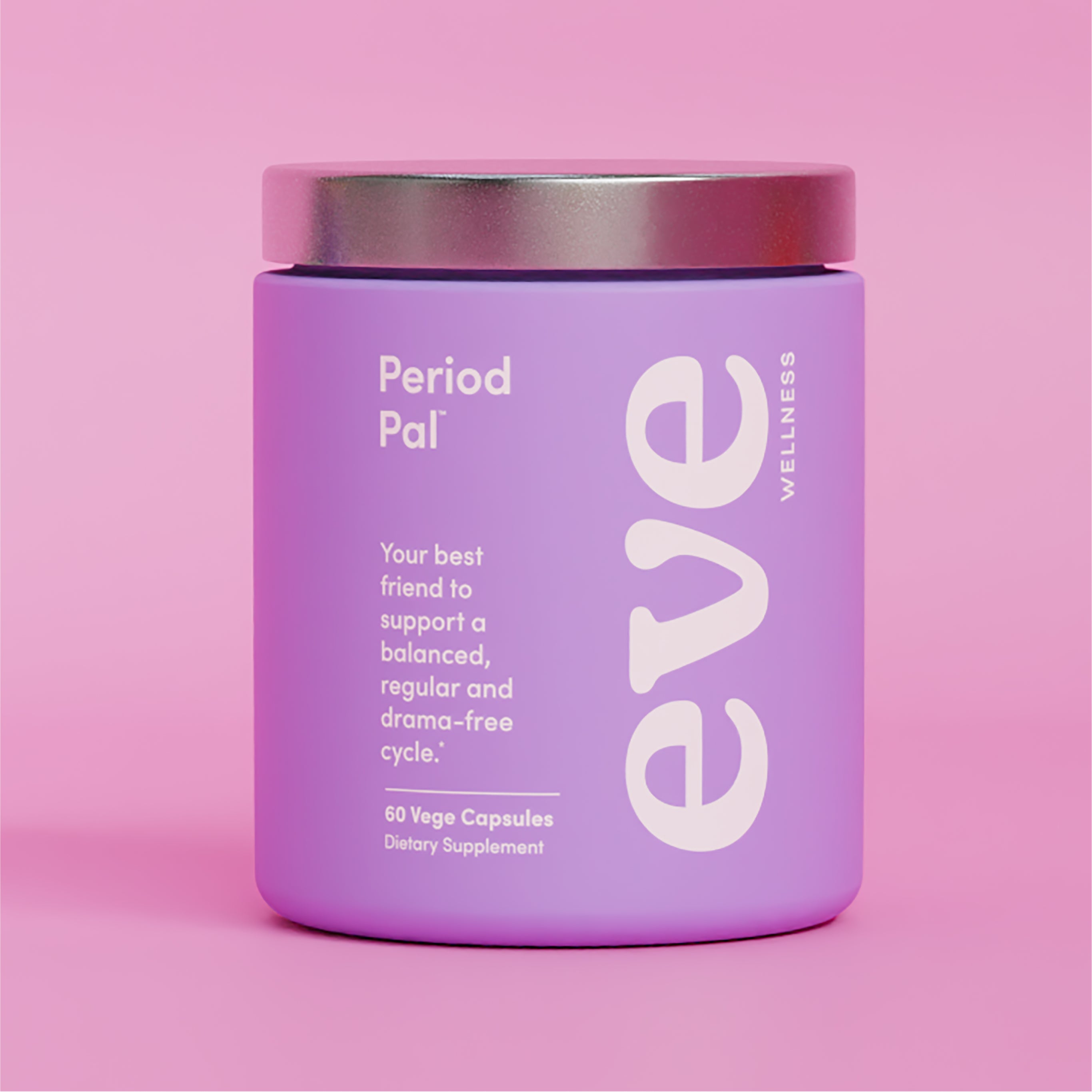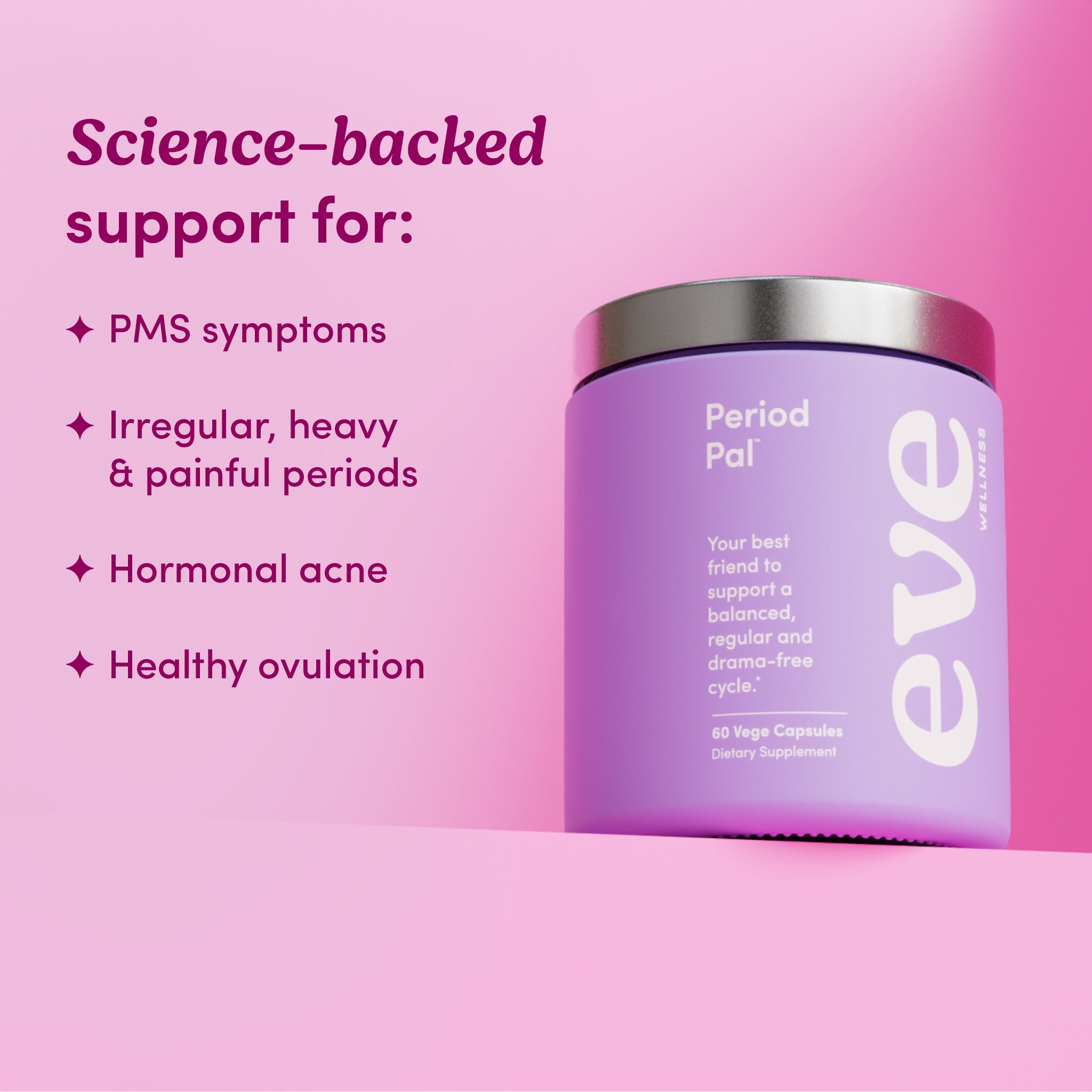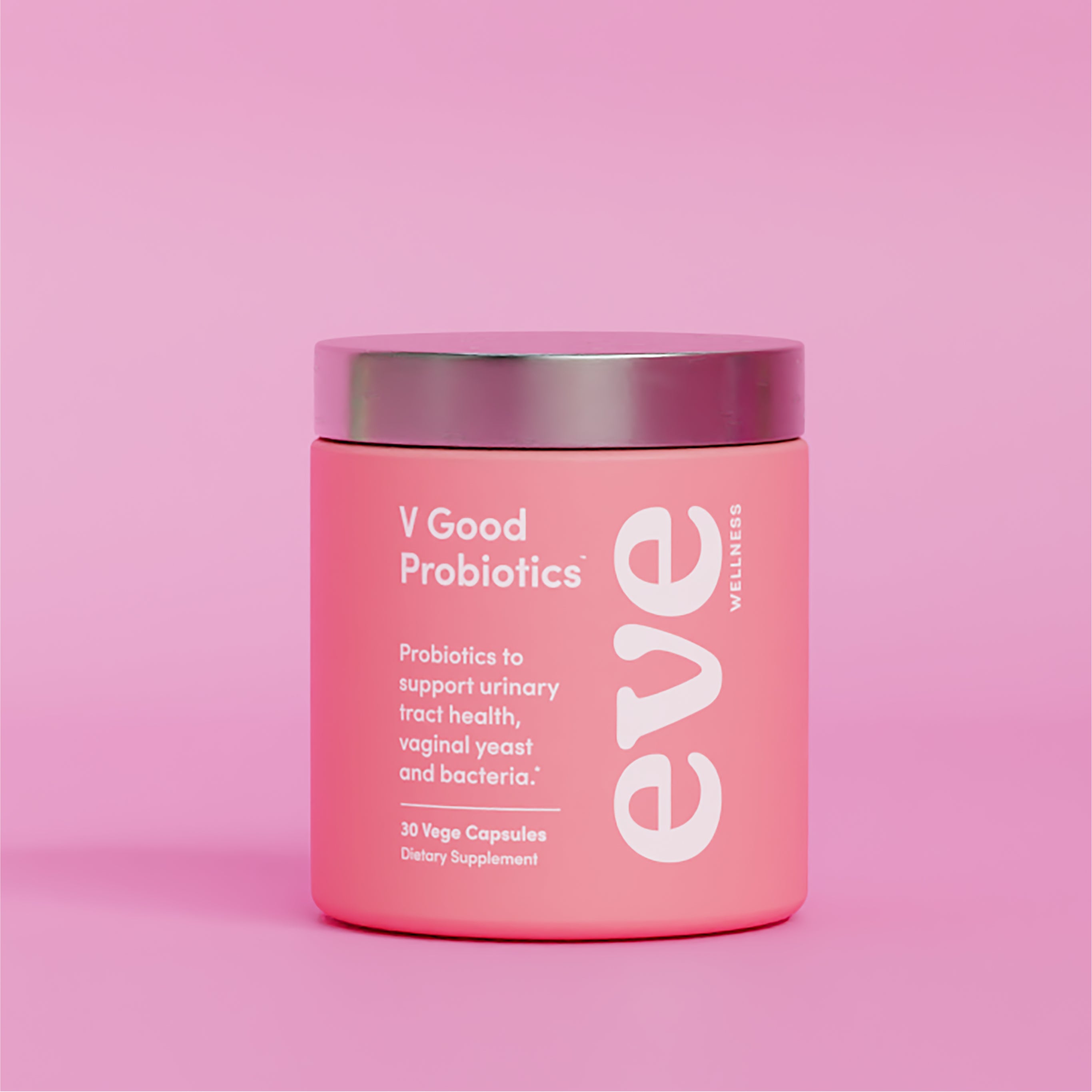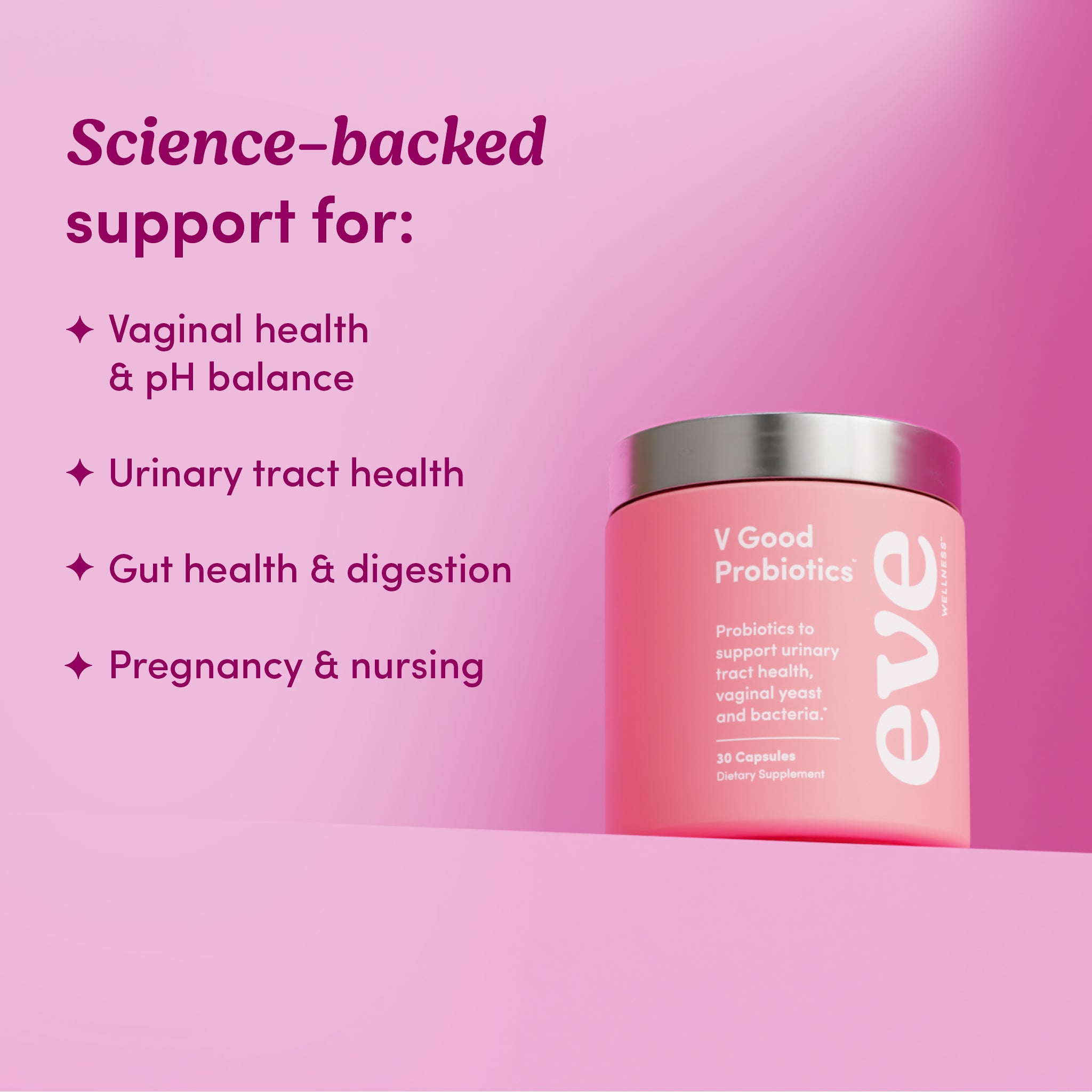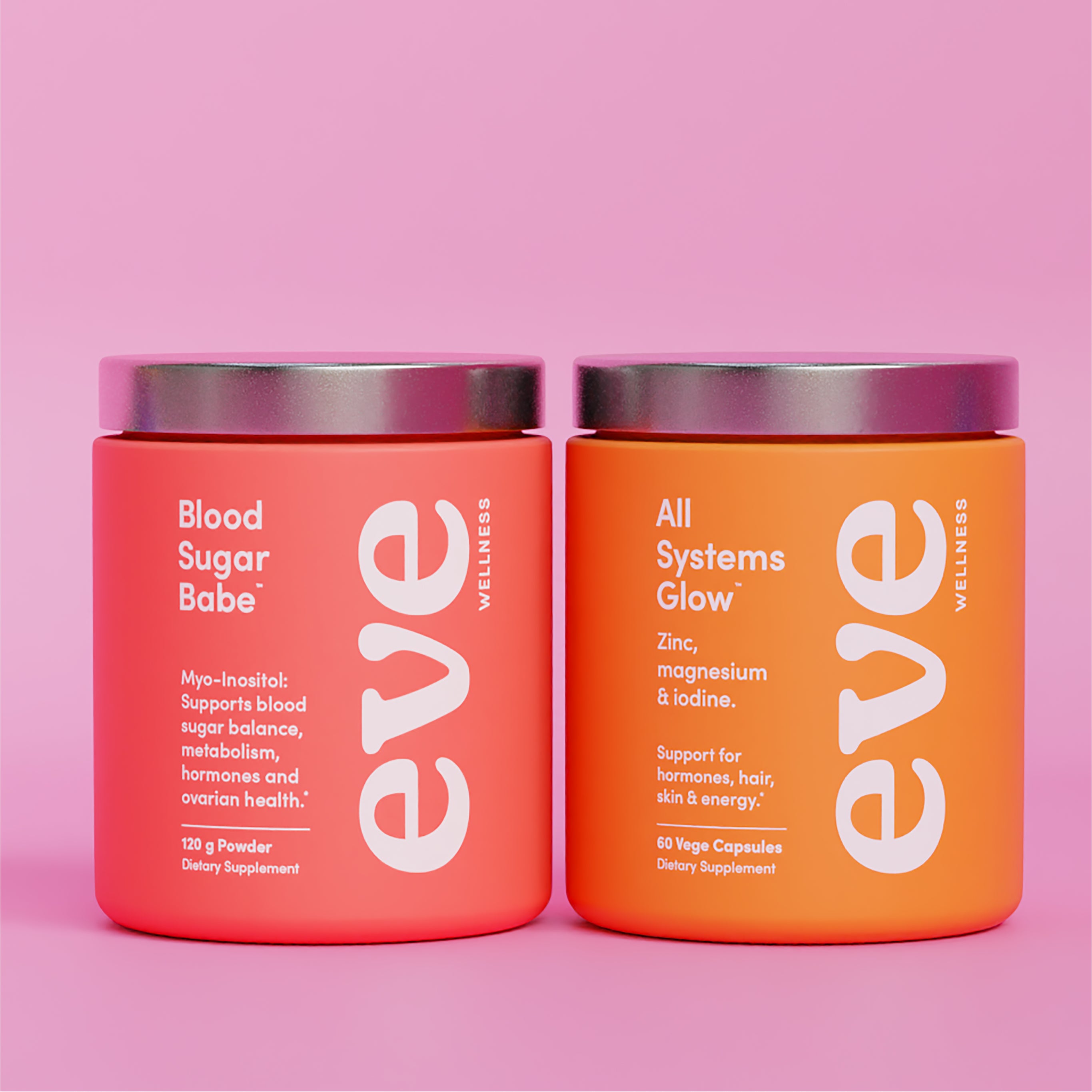Last week we dove into the often confusing, and somewhat misleading, world of oestrogen dominance; explaining what it is, what causes it, and why it's not what you might think.
As a quick summary, oestrogen dominance is not a condition itself and is not just the occurrence of high oestrogen levels in the body. Oestrogen dominance is an umbrella term used to describe a range of hormonal imbalances related to the ratios of oestrogen, its counteracting hormone (progesterone in women and testosterone in men), and its metabolism.
Oestrogen dominance can be the result of:
- High oestrogen (with optimal progesterone)
- Lower progesterone (with optimal oestrogen)
- High oestrogen AND lower than optimal progesterone
- Poor oestrogen metabolism.
The tricky part is, each of these four different hormonal profiles present with almost identical signs and symptoms. This is where the term ‘oestrogen dominance’ is a very real phenomenon, however not all that helpful in explaining what exactly is going on with your hormones.
This week we’re diving into practical tips you can implement in your day-to-day life to support each of the above imbalances. If you have done an Eve test, you may find one or two of the following sections super relative to your specific hormonal profile, so focus on those.
If you are experiencing general ‘oestrogen dominance’ symptoms but aren’t entirely sure where your hormones are at, that's cool too. Incorporating tips from each section will still be super supportive of your overall health and hormonal profile.
If Your Oestrogen Levels are Higher:
Avoid xenoestrogens (as much as possible). Xenoestrogens are chemicals in our environment that mimic oestrogen when they enter our body. These are commonly found in:
- Plastics. Food containers and plastic water bottles are among the worst offenders when it comes to xenoestrogens. Swap your water and food containers to glass or stainless steel.
- Skincare, makeup and sunscreen. Most personal care products contain parabens, phthalates and other chemicals that have been linked to oestrogen excess. Opt for natural body and skincare products and gradually phase out the not so nice ones.
- Pesticides and herbicides. Unfortunately, a large proportion of our conventional produce is coated in oestrogenic pesticides. Check out the clean fifteen and the dirty dozen and buy organic where possible.
- Soy. Tofu, edamame and soy milk are also considered oestrogenic. If you still want to consume soy products, choose fermented soy such as miso, tempeh and tamari.
Support oestrogen elimination pathways by:
- Looking after your gut health. With sluggish digestion and poor gut health, oestrogen can hang around in the gut for too long and is eventually reabsorbed by the body. Ideally we want to be moving our bowels (and getting rid of old oestrogen) at least once a day. Fibre and hydration are the MVP’s to support regular elimination.
- Getting your sweat on. Exercising to sweat, saunas and hot baths are also great ways to support oestrogen detoxification and prevent it hanging around in the body longer than it should.
If Your Progesterone Levels are Lower:
Ways to naturally support your body with ovulation, thus producing juicy amounts of progesterone, include:
- Reduce stress where you can. Both cortisol (a stress hormone) and progesterone are made from the same precursor hormone, pregnenolone. If the body is constantly in a stressed state, the production of stress hormones will be prioritised over sex hormones. Basically, you need to be self-caring daily.
- Exercise right for you. Intense training like HIIT, Crossfit and the like put the body in a state of stress. This isn’t necessarily a bad thing, after all, it's our body's adaptation to the stress that makes us fitter, stronger and faster. However, stress inducing exercise for people who are already under stress (from life, work, family, food intolerances, toxins, lack of sleep etc) is about as counterproductive as it gets both in terms of hormonal harmony and actually getting results at the gym. Switching to low intensity, restorative exercises such as yoga, pilates and walking outside can be hugely beneficial in reducing stress levels in the body and supporting healthy progesterone levels.
- Make sure you’re eating enough food. Restrictive diets - whether you’re heavily restricting one food group (e.g. carbs) or all foods (e.g. going low calorie), this can have a detrimental effect on your hormones. This causes the body to think it’s in a state of famine, and therefore isn’t not safe to reproduce. This shuts down all things ovulation. The keto diet can be great for some women, but for many women they simply needs more good quality carb sources in their lives. Carbs aren’t the enemy! Eating starchy vegetables with dinner such as kumara (sweet potato) can actually soften cortisol levels and support great sleep.
- Ensure optimal nutrient levels. It takes a lot of lovely nutrients to ovulate. B vitamins, particularly B6, are hugely beneficial for ovarian function and ovulation. Studies have also shown that vitamin C has the ability to increase progesterone production in women with low levels. The Eve team all use BePure One as a daily multi to ensure we’ve got enough nutrients in our tanks.
If You Have Poor Oestrogen Metabolism:
To get rid of oestrogen after it has done its job, our detox pathways (including our gut and liver) need to be on form.
Our bodies metabolise (process) oestrogen through the liver before getting rid of it through the bowel. There are three different pathways your oestrogen can travel down. One of these is considered more friendly and anti-inflammatory. The other two are considered more inflammatory and have been linked to the signs of oestrogen dominance, and even oestrogenic cancers (e.g. breast and ovarian).
To support healthy oestrogen detoxification:
- Reduce liver loaders such as caffeine, alcohol and processed foods. These all compete with used oestrogen for processing through your liver.
- Love your liver with nutrients. The liver needs plenty of key nutrients to do its job. If it’s missing some of its main helpers (such as magnesium, iron, zinc and B-vitamins) then it can’t detoxify oestrogen as quickly or as efficiently as we like.
- Eat plenty of cruciferous vegetables. These are vegetables like broccoli sprouts, broccoli, cauliflower, cabbage, kale, collard greens, radish, bok choy, brussel sprouts and watercress. Cruciferous vegetables support the liver and are especially rich in di-indolylmethane (DIM), which help mop up excess oestrogens. Aim for 2-3 servings a day of these superfoods.
Looking for extra support? Try Period Pal - every woman's best friend to support a balanced, regular and drama-free cycle.
